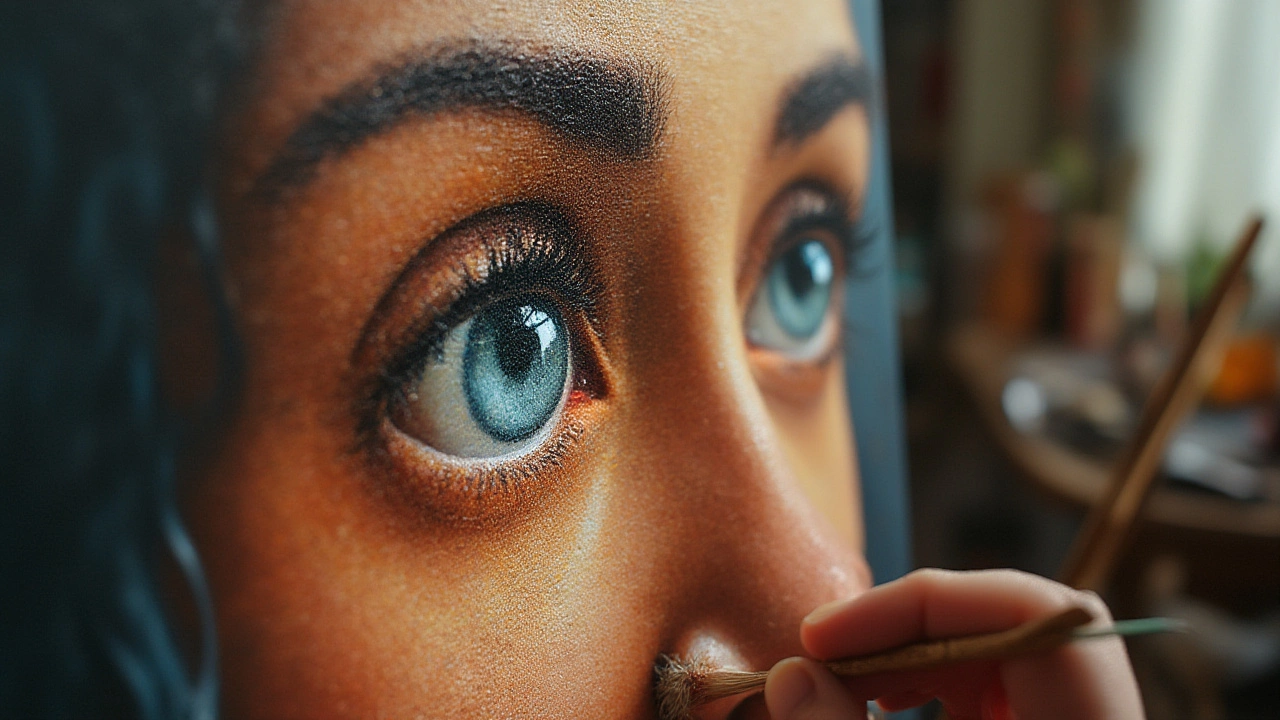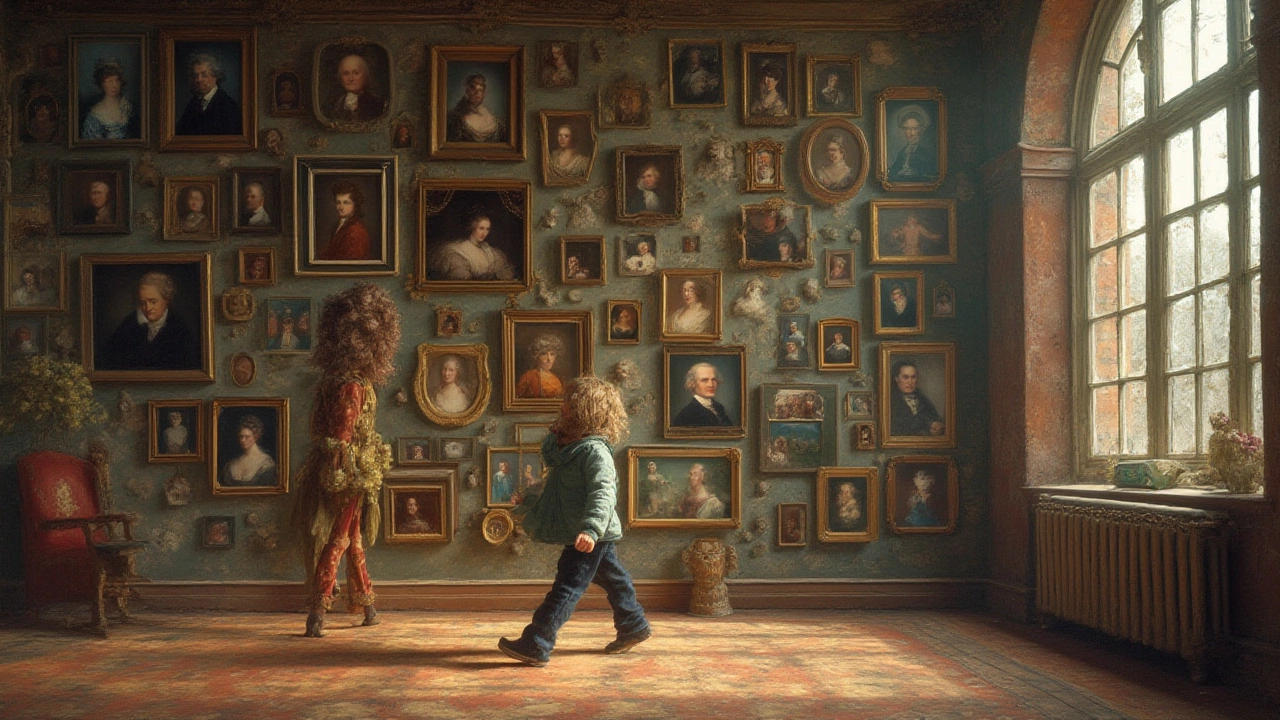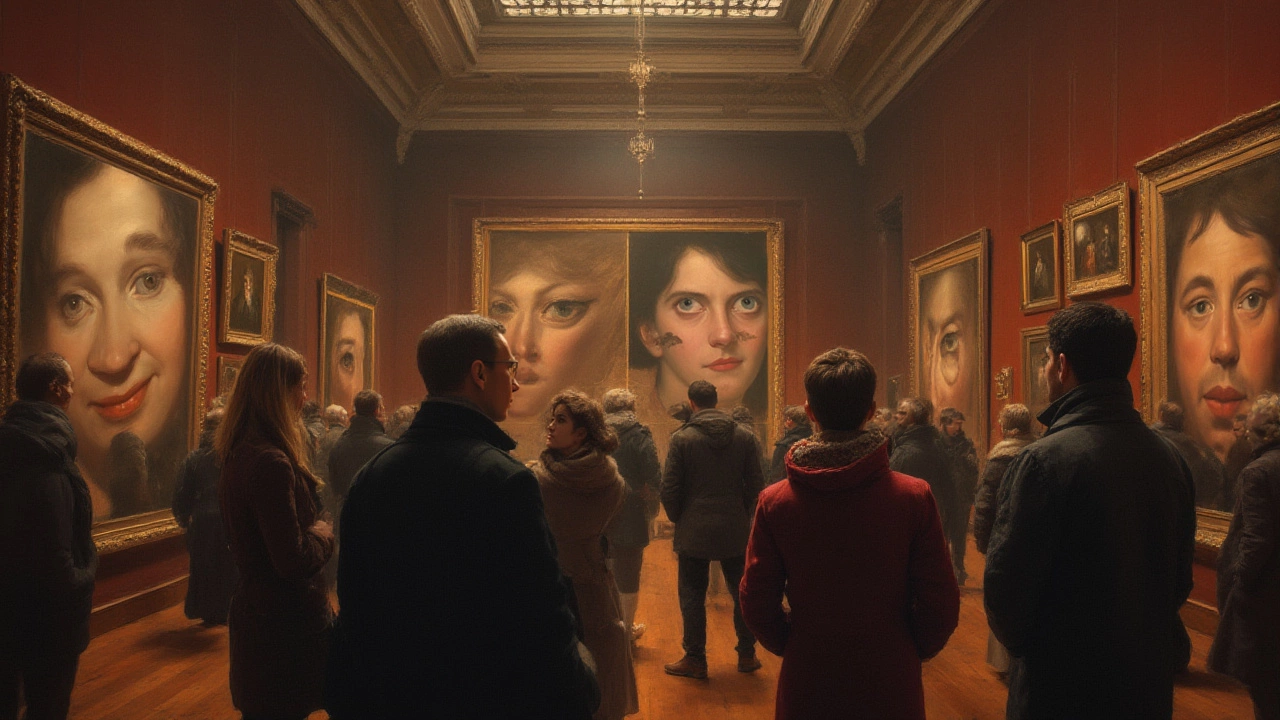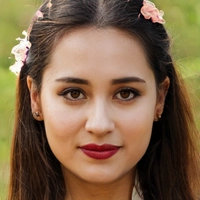Here’s something weird: nearly everyone agrees that a portrait without eyes feels unfinished, even kind of disturbing. Why is it that we can let an ear slide, but a missing or lifeless eye stops us in our tracks? There’s this catch-22 in portrait painting—get the eyes right and you’re halfway there, but get them wrong and it doesn’t really matter how perfectly you nail the rest. Even amateur painters talk about the moment in a sketch when they "bring it to life" just by adding in the gaze. It’s like a secret handshake in art. But what’s actually happening in our brains and hearts when we look at painted eyes? And how long have artists been fussing over this? Let’s peel back some layers and see how eyes became the deal-breaker in portraiture, why artists use them to communicate things we can’t say in words, and how you can make the most of this simple—but incredibly nuanced—feature.
Why Our Brains Crave Eyes in Portraits
Right off the bat, humans are hardwired to notice faces. Babies fixate on eyes before they even recognize their own parents’ voices. There’s a classic study from the UK—published in the journal Science decades ago—showing that even newborns will choose to look at a simple drawing of a face with two dots and a line (aka: two eyes and a mouth), rather than a scrambled version of the same features. It’s not just preference; it’s survival. Social animals depend on reading faces for communication, signals, and connection. Eyes are front and center for all of that.
The "watching eyes effect" is real. Put up a picture of eyes near a charity box or a communal kitchen, and as weird as it sounds, people behave better—more honest, more generous. Our brains instinctively believe we’re being watched anytime eyes are looking our way, even if they’re drawn or painted. That’s why security posters sometimes use close-up eyes: it literally changes the way people act. In portraits, painted eyes tap directly into that social and emotional wiring.
No matter the level of realism, if a portrait doesn’t have convincing eyes, viewers feel disconnected. There’s something evolutionary about this. Ask any street artist in Wellington (I know a few who sketch along Cuba Street) and they’ll tell you that customers tend to judge even the fastest caricature by whether the eyes "feel like them." Watch people at an art museum: they often stand longer in front of a portrait where the subject appears to look back at them. It makes us feel both seen and curious.
There’s also a simple matter of attention. When we meet someone in person, our gaze automatically checks their eyes first to figure out who they are, whether they’re safe, or if they’re happy to see us. Portrait artists exploit this reflex. Leonardo da Vinci obsessed over Mona Lisa’s eyes, coating them with layer after layer of glazes so they seemed alive from every angle. It’s not just that the technical skill was impressive; it’s that the eyes made her famous smile even more mysterious. When portrait artists want to guide the story in an image, they often start with the eyes and design the rest around them.
This link between the gaze and emotion isn’t cultural. Ancient Egyptian funerary portraits from Fayum (over 2,000 years old and painted in hot wax) have enormous, deep eyes. It was meant to connect the living with the dead—so the departed could "see" you even after death. The same idea turns up in Roman mosaics, Renaissance altarpieces, and Instagram selfies. If you flip through modern portraiture, from Kehinde Wiley’s lush canvases to Yulia Brodskaya’s intricate paper quilling, the eyes always demand your focus.
If you’re trying to get this right in your own art, here’s one tip: keep your own eyes at a distance from your work while you’re painting the gaze. After a while, your brain fills in what it wants to see. Sometimes, stepping back for a few minutes and returning fresh is the key to catching when something looks “off.”

How Artists Use Eyes to Tell Stories, Hide Secrets, and Shape Emotions
Look closer at any famous portrait, and you’ll notice how artists don’t just paint eyes for eye’s sake. They use them to tell a story—sometimes the main character’s, sometimes their own. Dutch painters like Rembrandt painted eyes with tiny pinpoints of reflected light, called "catchlights", to make their subjects look soulful and real. That bit of sparkle actually matches how light enters the eye, so even a small dab of white can shift a painting from "dead" to dazzling. If you’re ever unsure where to put a catchlight, look for a reference photo showing exactly how the light hits. Those little flecks aren’t just decorative; they make a massive difference.
It’s not just about realism. Modern artists break rules about what eyes "should" look like. Picasso’s Cubist portraits often jumble the eyeballs, shifting them sideways to make viewers feel unease, tension, or humor. Amedeo Modigliani stretched eyes into haunting almond shapes—he sometimes left pupils out altogether, telling friends that "when I know your soul, I will paint your eyes." There’s something deeply spooky about a portrait with blank eyes, right? That’s a tool artists use for a reason: to set a mood or push you away a little.
Eyes are a way for artists to slip in secrets, too. Ancient medieval altarpieces hid tiny reflected crosses in the eyes of Christ, visible only up close. Vermeer sometimes painted little scenes—doors, windows, even other people—within the catchlights of his subjects. Fans debate endlessly over the real meaning behind these details. For a more recent example, see Kehinde Wiley’s presidential portrait of Barack Obama, where the gaze locks viewers with a gentle assertiveness, even as the bright backdrop draws attention.
| Portrait Feature | Impact on Viewer |
|---|---|
| Direct eye contact | Sense of confrontation, intimacy, or being watched |
| Averted gaze | Feelings of shyness, thoughtfulness, or sadness |
| One open, one closed eye | Mystery, playfulness, or subtle symbolism |
| No catchlight | Flat, "dead" feeling or inhuman vibe |
| Oversized eyes | Childlike, soulful or surreal effect |
Another trick: where the eyes look can control where the viewer looks, too. Classic portraits often have the subject looking slightly off-frame, creating a sense of longing or focus outside our view. If the subject stares directly at the viewer, it creates tension or intimacy—like they’re daring you to look closer. That’s why icons from Frida Kahlo to David Hockney mess around with eye direction to toy with our emotions. If you want your own paintings to keep someone’s attention longer, experiment with where your subject "looks" when you plan the composition.
Want to try this for yourself at home? Print out two copies of a headshot—draw bolder and bigger eyes on one, and smaller or missing eyes on the other. Show both to friends. Nearly every time, people remember (and connect with) the one where the eyes deliver a clear gaze.

Tips for Painting Powerful Eyes in Portraits
Real talk—no single “right” way exists to paint eyes so they stick with people. But here’s a cheat sheet cobbled together from quirky art teachers, Wellington café sketchers, and a few centuries of famous technique. If you want your portraits to land impact (and not creep people out), try these ideas:
- Start with Structure: People always notice if the eyes don’t line up. Lightly sketch the head’s "axis" to keep them on the same plane, paying attention to symmetry but also to subtle asymmetry—nobody’s face is perfectly even.
- Use Big Shapes First: Rather than jumping straight into details, block in the eye sockets with shadow. It’s the shadow under the brow and around the eyelids that gives realism—this helps later when adding highlights.
- Keep the White "Not All White": The whites of our eyes aren’t really white. They’re usually soft blues, pinks, or even grey depending on lighting. Painting them too white can make portraits look startled or artificial.
- Go Easy on Outlines: The top and bottom eyelids differ in thickness. Try not to draw harsh lines—suggest lids with subtle shading instead, so they look natural.
- Check for Catchlights: Adding a small, sharp dot of white where light hits the eyeball brings instant life. Look at Sargent’s portraits or Instagram artists who nail those little specs.
- Be Aware of Eye Direction: Where the eyes focus changes the story. Experiment with having your subject look just past the viewer, or somewhere in the background for added depth.
- Experiment with Color: Browns aren’t just brown—irises often have flecks of gold, green, or blue. Using more color makes paintings seem richer and less flat.
- Don’t Overwork: It’s easy to fuss over eyes until they look muddy. Sometimes just a few confident brushstrokes get the vibe right, even if they’re not perfectly "realistic."
- Try Digital Overlays: If you paint digitally, add the eye on a separate layer and play around. You can shift their angle until it feels "right."
- Practice with Photos: Set aside time to observe and sketch eyes from life or photos—not to copy perfectly, but to understand how shadows, shapes, and emotions work together.
There are no unforgiving rules here. Sometimes, eyes are just wild marks of color, sometimes they’re photorealistic. The basic trick is pushing until they feel "alive"—that slightly unsettling moment where it seems like the portrait could blink right back. That’s not magic. It’s practice, observation, and a little courage to leave some mistakes visible.
If you want a weird fact to impress your art friends, share this: art historians at the Louvre analyzed da Vinci’s "La Belle Ferronnière" and found that the subject’s left eye is painted with more detail than the right—da Vinci literally bet on the viewer’s brain to prioritize one. It worked. Hundreds of years later, people still say her eyes "follow" you.
So there we go. Eyes in portraiture are less about filling in facial features, and more about creating the illusion of life. At the end of the day, artists use them not just to reproduce, but to say something they can’t put into words. And as viewers, we can’t help but look back, searching for stories, secrets, or that glint of recognition that reminds us—hey, that’s a real person looking right at me.

